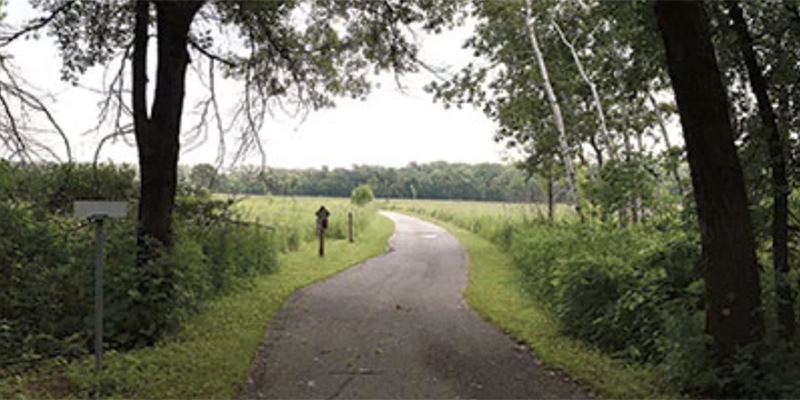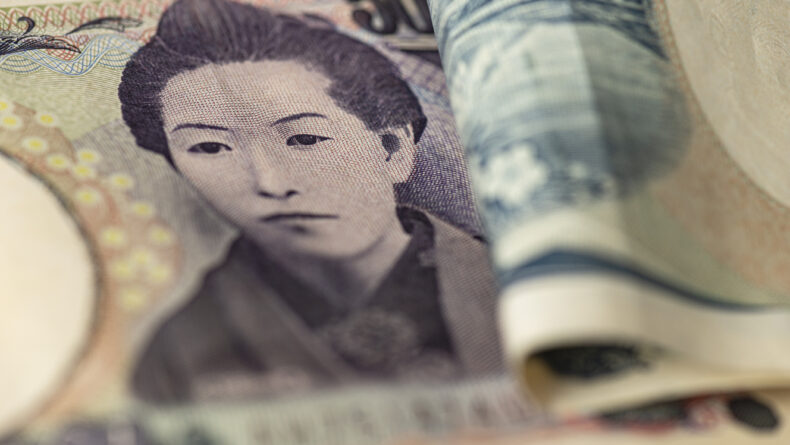IT leaders: check out how 2D barcodes and RFID are reinventing retail
The retail landscape has undergone massive shifts in recent years to adopt self-checkout systems. But major retailers like Walmart, Target, and Dollar General are starting to phase out self-check in some locations because they’ve contributed to higher rates of shoplifting and inventory loss. But is this the beginning of the end for self-checkouts?Some industry experts believe the pull-back is only temporary, and the future for self-checkout is bright — as soon as new technologies begin to be deployed on a large scale. Two of which are 2D barcodes, similar to QR codes, and RAIN RFID. When combined and supported by industry standards, the technologies may be the secret sauce to the next generation of self-check.2D barcodes bring new functionalityA new form of barcode is on the horizon. Brands and retailers have been working diligently to create and roll-out standardized 2D barcodes on product packaging that’ll work seamlessly at check-out registers. GS1 is the non-profit behind the barcode standards, and a key goal of the industry collaboration is to show that these QR codes will help brands provide better consumer engagement experiences.Retailers are preparing their technology systems to scan 2D barcodes and ingest the data, an initiative known as Sunrise 2027. And as part of it, both manufacturers and retailers will transition to 2D barcodes over the next three years.“A key benefit of 2D barcodes is data density and self-correction capabilities, which can enable item-level inventory tracking via serialization, ensuring every item is uniquely identified and tracked as it moves through the retail supply chain,” says Bob Carpenter, president and CEO of GS1 US. “This shift isn’t just a technical upgrade, it’s an operational transformation that could revolutionize the retail experience.”The benefits are potentially huge. Imagine a retail supply chain where every product is seamlessly tracked from the farm or factory to the store checkout, thanks to its unique 2D barcode. This innovation not only ensures product freshness and authenticity, but boosts confidence among stakeholders in critical sectors like pharmaceuticals and food, where traceability is crucial for regulatory compliance. With accessible 2D barcodes, consumers gain instant access to detailed, step-by-step product information right at the store shelf.Empowering retail with RAIN RFID innovationAnother technology that’s increasingly being leveraged is RAIN RFID. RFID is not new but in earlier years it was expensive to implement. According to JW Franz, director of IoT at supply chain automation company Barcoding, as RAIN RFID is adopted, self-checkout will be enhanced considerably. He says RFID delivers precision, accuracy, and faster processing, which significantly reduces cycle count times and improves inventory accuracy. This also helps prevent stockouts, improve customer satisfaction, and control labor costs.“RAIN RFID takes inventory tracking a step further by connecting serialized data with the physical as IoT-connected readers track the movements of goods,” he says. “Passive, battery-free RAIN RFID can identify and track items without direct line-of-sight access, enabling real-time, automated data collection and reporting at critical points along the product’s journey.”RFID-enabled visibility can also mitigate counterfeiting and gray market diversion risks, he adds, while streamlining recalls and sharpening compliance with regulatory requirements.A study by Zebra Technologies further supports Franz in that data collected via RAIN RFID-enabled systems can deliver helpful insights into inventory movements, patterns, and issues, helping retailers optimize operations and address losses due to theft or errors. In the study, retailers achieved real-time inventory accuracy rates as high as 99% and cycle counts 25 times faster after implementing RFID-enabled solutions.“In an industry that saw inventory management related losses estimated at $94.5 billion in 2021, the potential for RAIN RFID to improve profitability is transformative,” says Franz.The dual opportunityCombining 2D barcodes with RAIN RFID, especially when supported by industry standards, could be the winning formula that retailers need in order to regain confidence in self-checkout. When serialized data from 2D barcodes is validated by RFID on its way out of the store, point-of-sale errors can be uncovered and addressed.Retail manufacturers and suppliers that have mandated RFID source tagging are seeing gains in demand forecasting and reductions in costly compliance chargebacks. For example, global fashion retailer H&M has integrated RAIN RFID and 2D barcodes to achieve near-perfect inventory accuracy. By embedding RFID tags at the point of manufacture, H&M ensures each item is tracked from production to the retail floor through the consumer RFID-enabled self-check-out process. According to H&M’s solutions provider WiseSense, impacts on its operations include:88% reduction in labor savings compared to traditional barcode scanning for DC inventory cycle counts20% improvement in DC inventory replenishment94% increase in customer satisfaction related to self-checkout5% increase in sales related to frictionless self-checkout experienceThe future of self-checkoutCarpenter is bullish on the future of self-check. “The potential is bright for retailers and manufacturers who collaborate to pilot new technologies,” he says. “As self-checkout systems continue to evolve, 2D barcodes and RAIN RFID will play a critical role. While these technologies are in their early stages of deployment, their potential, in terms of operational and customer experience improvements, is significant.”As Sunrise 2027 approaches and retailers embrace innovations that promise a more modern and connected marketplace, the industry is poised to achieve new levels of transparency, efficiency, profitability, and, above all, trust at the self-checkout and beyond.


















